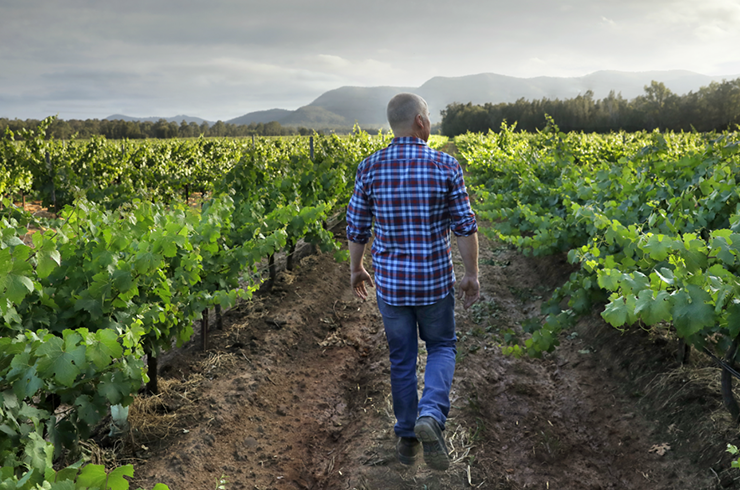If there was ever any doubt about how passionate our Antipodean neighbour is about white wine, New Zealand Winegrowers is petitioning the Unicode Consortium to get the white wine emoji onto our digital keyboards (currently only the red wine emoji exists). Alongside this all-important campaign, the body is inviting you to 'pour yourself a glass of New Zealand' this May to celebrate sauvignon blanc, chardonnay and pinot gris.
New Zealand is home to glorious landscapes, a culture full of spirit and innovation, exotic flora and fauna, and 10 wine regions that produce over 40 varieties.
Its wine regions cover 1600 kilometres and span latitudes of 36 to 45 degrees, and thanks to the country's brilliant landscape and maritime climate, the vineyards are no more than 120 kilometres from the ocean.
Marlborough is the largest producing region, home to names like Cloudy Bay, Brancott Estate and Yealands Estate. Hawke's Bay is a close second, followed by Central Otago and Gisborne.
Sauvignon blanc produced in New Zealand
Sauvignon blanc put New Zealand wine on the map. It was first planted in 1975 and is now the widest planted varietal, accounting for 72 per cent of the country's total wine production and 17 per cent of the world's sauvignon blanc. The grape thrives in Marlborough, with low rainfall and plenty of sun. The region hosts 23,834 hectares of the country's total 26,559 hectares (for context the second largest producing region is Hawke's Bay which has 1011 hectares of sauvignon blanc planted).A classic NZ sauvignon blanc has notes of red capsicum, gooseberry, passionfruit and tropical fruits, and can also include fresh cut grass, tomato stalks and lime. The diversity of styles continues to increase as winemakers introduce and experiment with wild ferments, time and degree of contact with lees, old and new oak, and fermentation.

Chardonnay produced in New Zealand
Chardonnay is responsible for 24 tonnes of production across NZ. Its largest-producing regions are Marlborough, where chardonnay is zesty, with strong nectarine and grapefruit flavours. Hawke's Bay produce medium to fuller bodied wines that are best enjoyed young. And Gisborne who bottle fresh wines, ripe with citrus and tropical flavours. Depending on where it's produced, New Zealand chardonnay is refined, it can be fruit-driven, and oaked or unoaked, but will clearly reflect the terroir and micro-climates of each region. Dubbed 'the winemaker's grape', chardonnay is produced in every wine region in the country. May 26 is International Chardonnay Day.
Pinot gris produced in New Zealand
There are over 700 wineries in New Zealand – and more than 600 grape growers – who produce wines that are distinct and expressive of place. While sauvignon blanc is the hero, other whites like riesling, gewürztraminer and albariño are excelling. So to celebrate white wine, and the regions that make it great, pour yourself a glass of New Zealand. And don't forget to sign the New Zealand Winegrowers petition to secure that all important white wine glass emoji. Sign here.




